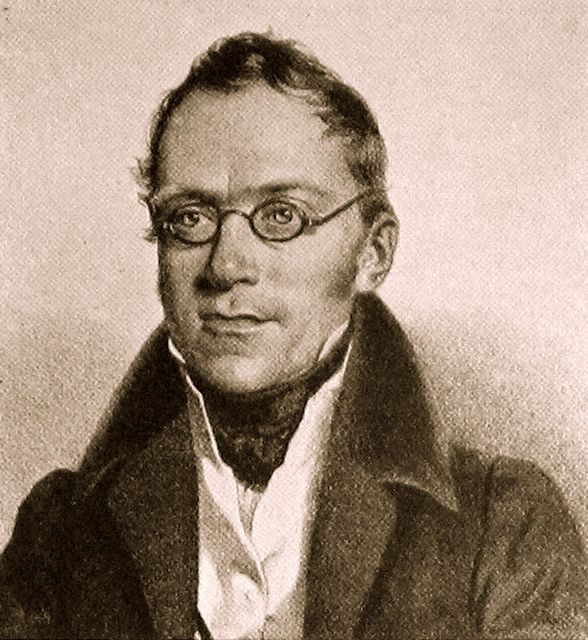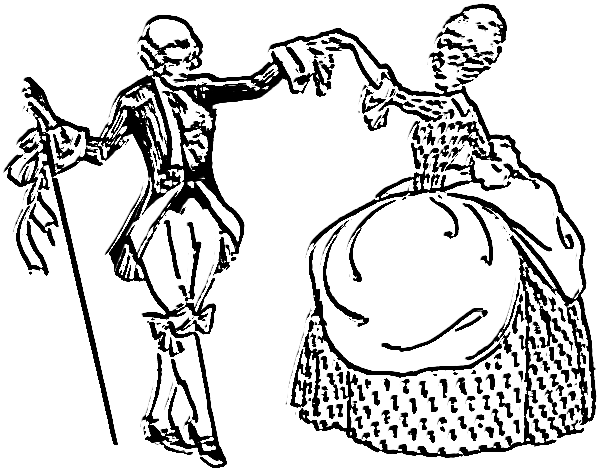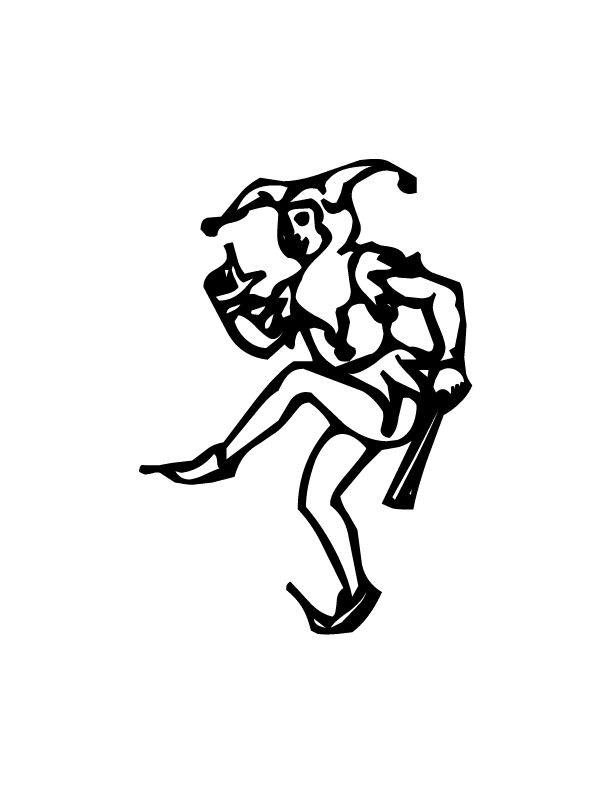Site about Music - Art & Math


 Carl Czerny was an Austrian composer and pianist. He came from a musical family – his grandfather was a violinist and organist. Czerny began playing the piano when he was 3 years old and was a talented child prodigy. His father gave him his first lessons, and he soon was performing the works of Bach and Mozart. He started composing when he was 7.
Carl Czerny was an Austrian composer and pianist. He came from a musical family – his grandfather was a violinist and organist. Czerny began playing the piano when he was 3 years old and was a talented child prodigy. His father gave him his first lessons, and he soon was performing the works of Bach and Mozart. He started composing when he was 7.
A few years later, Czerny played for Ludwig van Beethoven, who was so impressed by the 10-year-old Czerny that he agreed to teach him. Czerny greatly admired and remained close to Beethoven throughout his life.
When he was 15, Czerny became a piano teacher. He taught many great pianist, including his most famous student, Franz List. List, who lived near him, became Czerny’s student at the age of 8.
Czerny is an important person in the piano world because he formed the foundation for modern piano teaching and performing. He taught his students certain ways of playing, and they went on to teach and inspire other pianists.

MINUET
Many pieces for beginning piano students are called Minuets. The minuet started out as a dance during the 1600s in France. The word minuet comes from the French word menu, which means small. Dancers performing the minuet took small, graceful steps, which inspired the name for the dance. Minuets were most often in written in the time signature of ¾.
The speed was rather slow because the dancers had to do a lot of bowing and toe pointing.
Later the minuet became a piece for instruments, not just a dance. Johann Sebastian Bach included many minuets in his Notebook for Anna Magdalena Bach, a famous collection of music for keyboard students. Other composers liked the idea and soon the minuet was often used as a movement in many types of music.

SCHERZO
Scherzo is an Italian word that means a joke. A musical scherzo often is energetic and playful, in ¾ meter, has fun rhythmic ideas.
The scherzo is similar to the minuet form but usually quicker and more lively. It is not a smooth or dance – like. It is often the third movement in symphonies and other works.